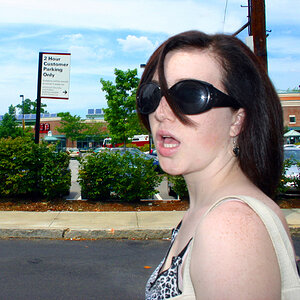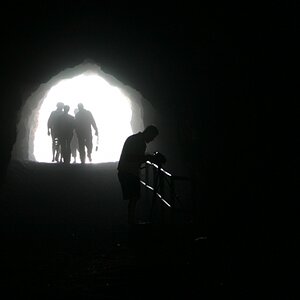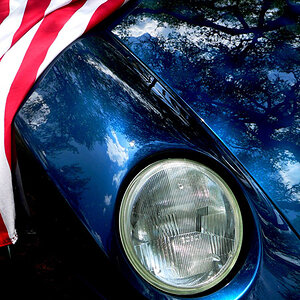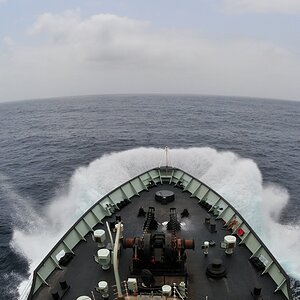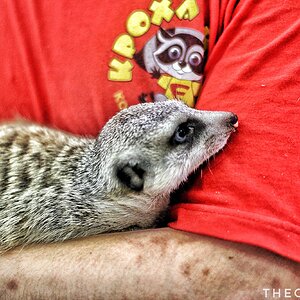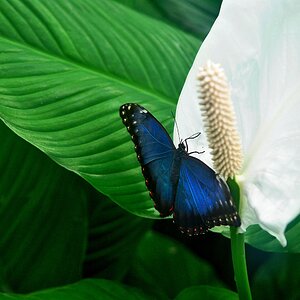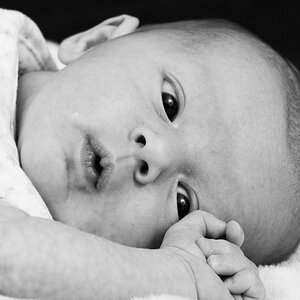LaLO929
TPF Noob!
- Joined
- Feb 27, 2009
- Messages
- 47
- Reaction score
- 0
- Location
- Midwest
- Can others edit my Photos
- Photos OK to edit
I've been looking into purchasing a new lens for outdoor portraits (anything from headshots to full length family photos to children) and maybe some low light indoor photos as well. As I've been researching and reviewing I've become more and more confused. Some of the lenses I've been looking at are the 50mm 1.4, 85mm 1.8, tamron 90mm 2.8 or the tamron 70-200mm 2.8. As I read on each of them it's discussed about distance between the subject & I, crop sensors, and DX stuff. Can someone help explain in newbie language what the difference between the lenses are? I feel dumb for asking but I guess this is the only way to learn, right? :blushing:
Last edited:


![[No title]](/data/xfmg/thumbnail/42/42253-fef7e43227f484b1a95dd6d85c03bd40.jpg?1619740063)
